Understanding the Essence of Modern Color
Modern color in interior design is more than just a visual element; it’s a powerful tool that can transform spaces and evoke emotions. Modern color has a pivotal role in creating captivating interiors.
Defining the Modern Palette
Modern color palettes embrace a diverse spectrum, from vivid hues to subtle neutrals. This versatile approach allows designers to create spaces that are both contemporary and timeless, reflecting the ever-evolving nature of design trends.
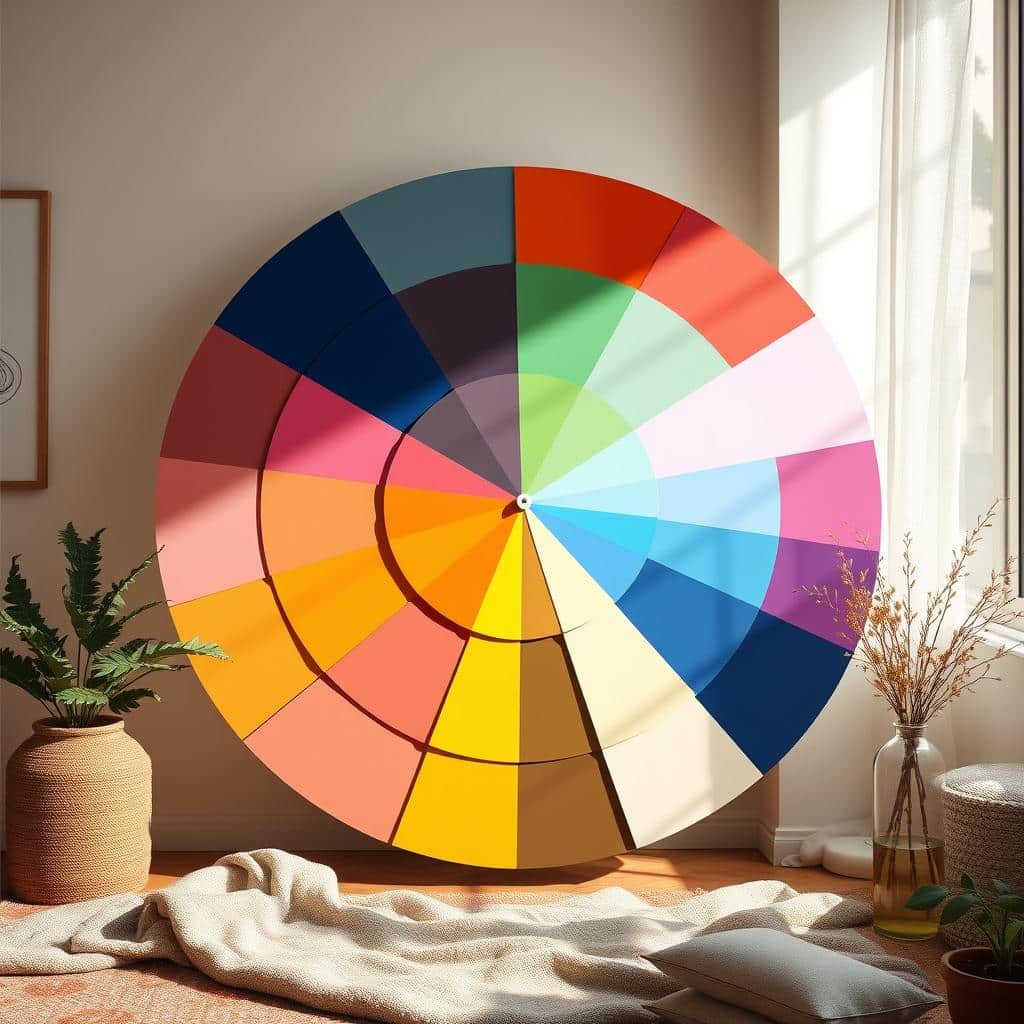
The Transformative Power of Color
Color has the ability to completely alter the perception of a space. It can make rooms feel larger, cozier, more energetic, or more serene. Strategic color choices can dramatically impact the ambiance and functionality of any interior.
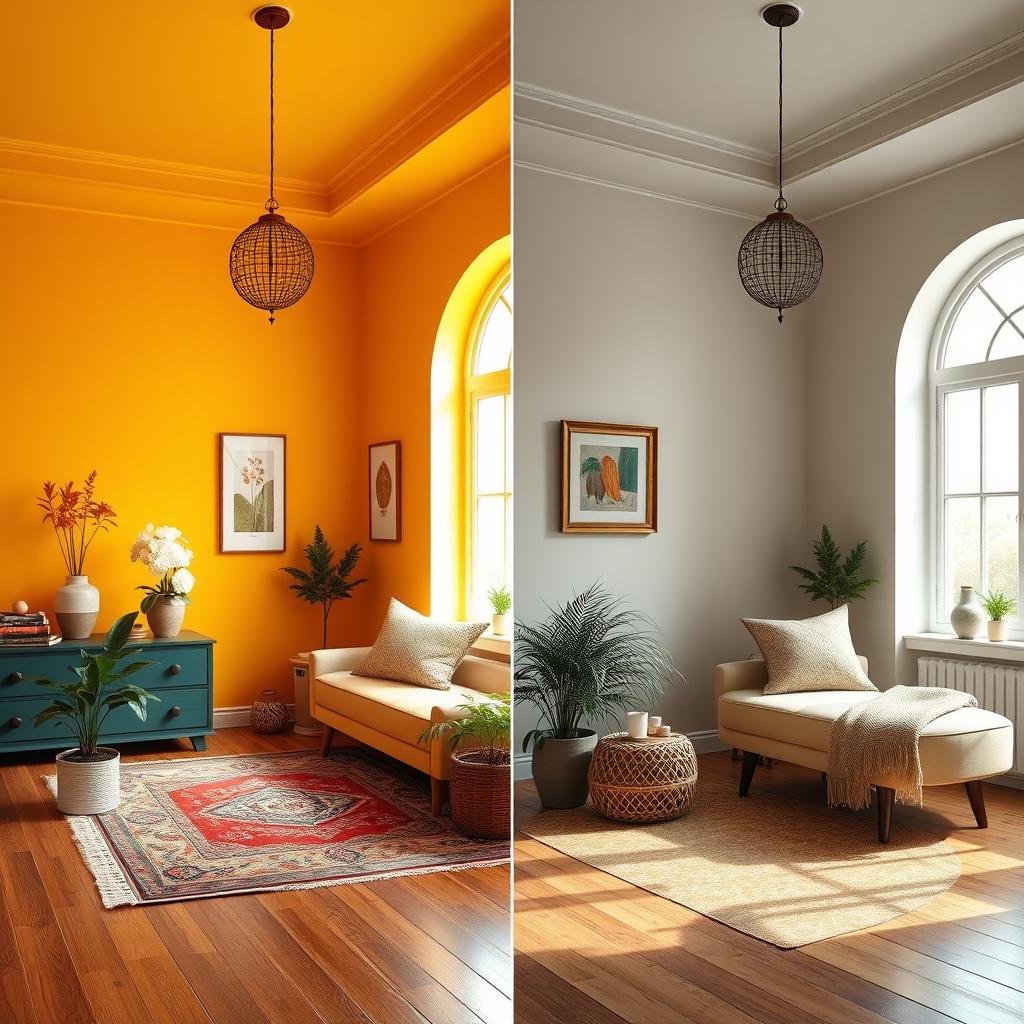
The Psychology of Color: Emotions and Perceptions
Color psychology plays a crucial role in interior design. Different hues can influence our emotions, behaviors, and overall well-being within a space.
Emotional Resonance of Hues
Each color has its own emotional associations. Reds can evoke passion and energy, while blues promote tranquility. Understanding these connections allows designers to create spaces that not only look beautiful but also feel harmonious and aligned with their intended purpose.
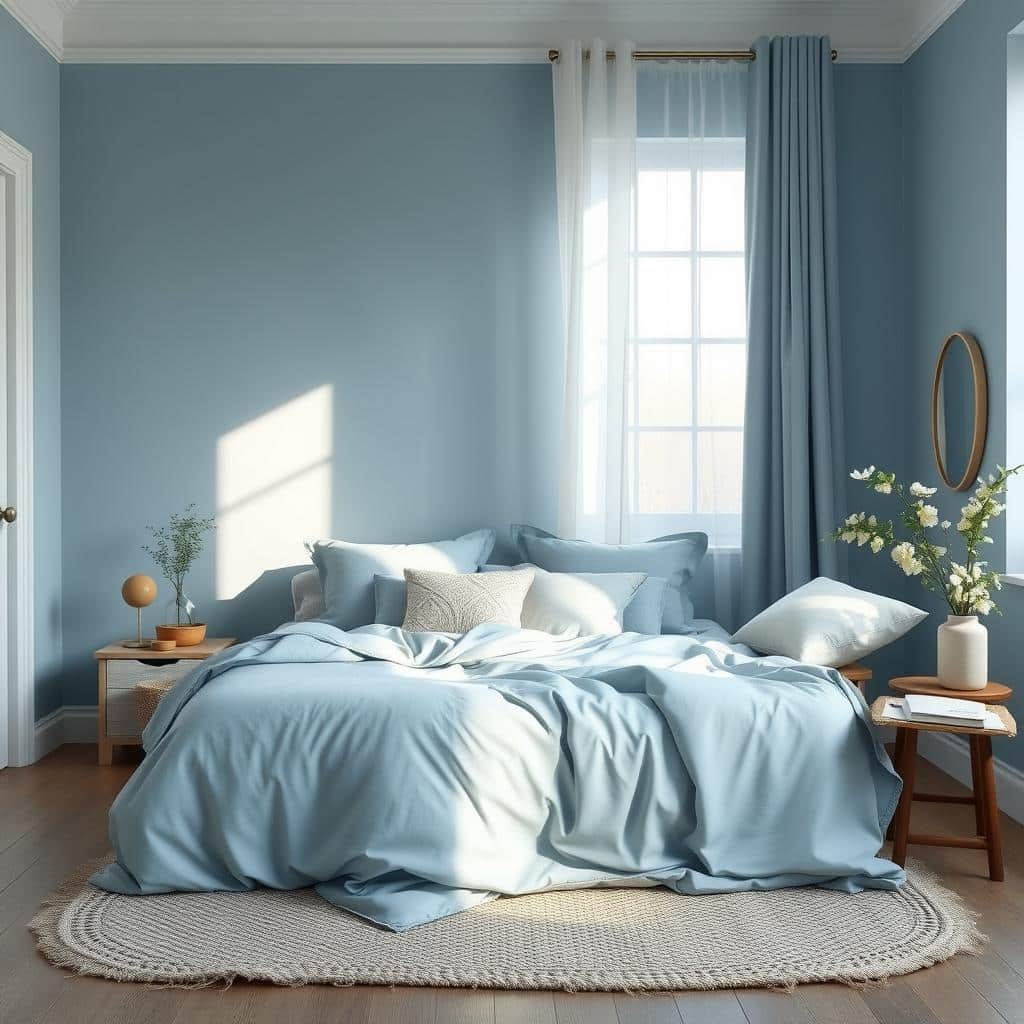
Cultural Color Contexts
Colors can hold vastly different meanings across cultures. Cultural significance impacts color choices in interior design, emphasizing the importance of considering diverse perspectives when creating globally-inspired spaces.

Modern Color Palettes: From Neutrals to Bold Statements
Diverse range of color palettes can be used in modern interior design, from understated neutrals to vibrant, attention-grabbing hues.
The Versatility of Neutral Tones
Neutral colors provide a sophisticated foundation for any interior. Shades of gray, beige, and white can create elegant, adaptable spaces that serve as perfect backdrops for more colorful accents.
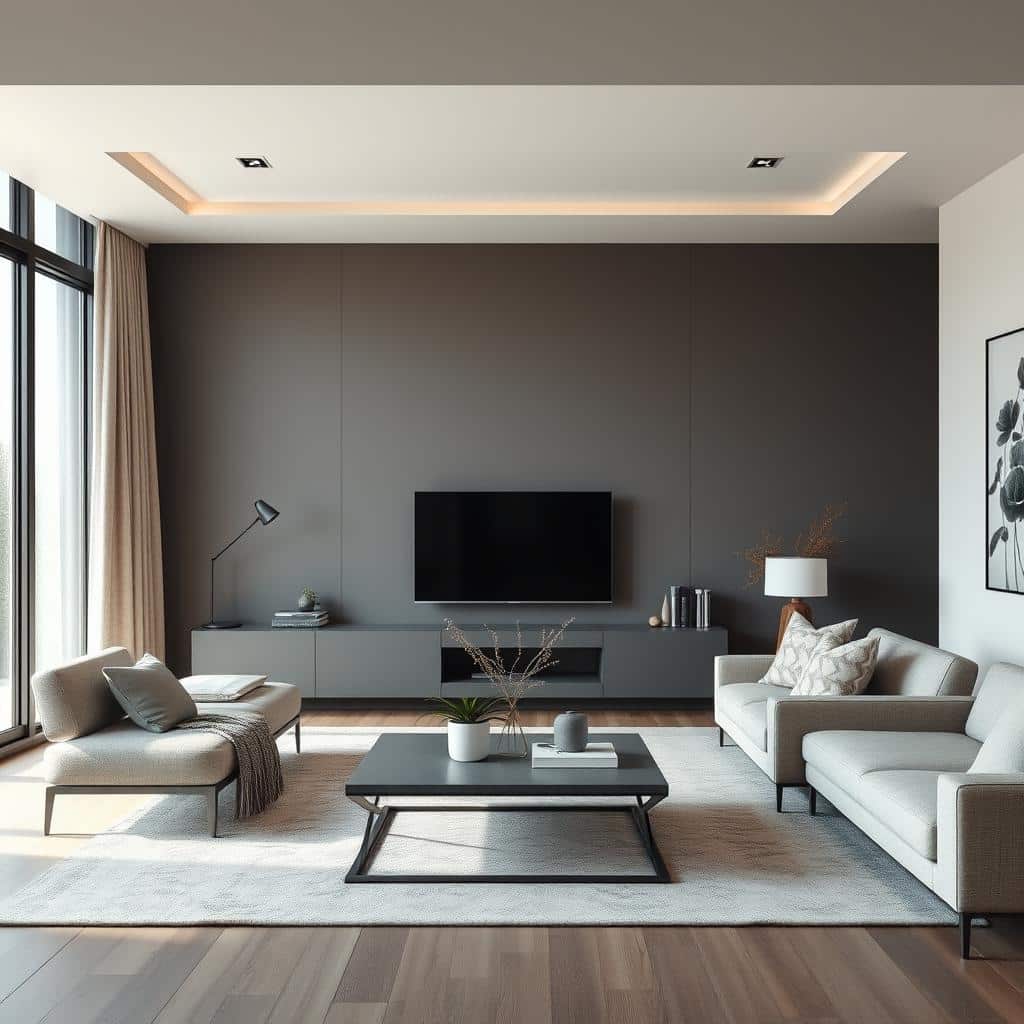
Making a Statement with Bold Colors
Bold colors can inject personality and energy into a space. Vibrant hues, from jewel tones to neon accents can be used to create striking focal points and dynamic interiors.
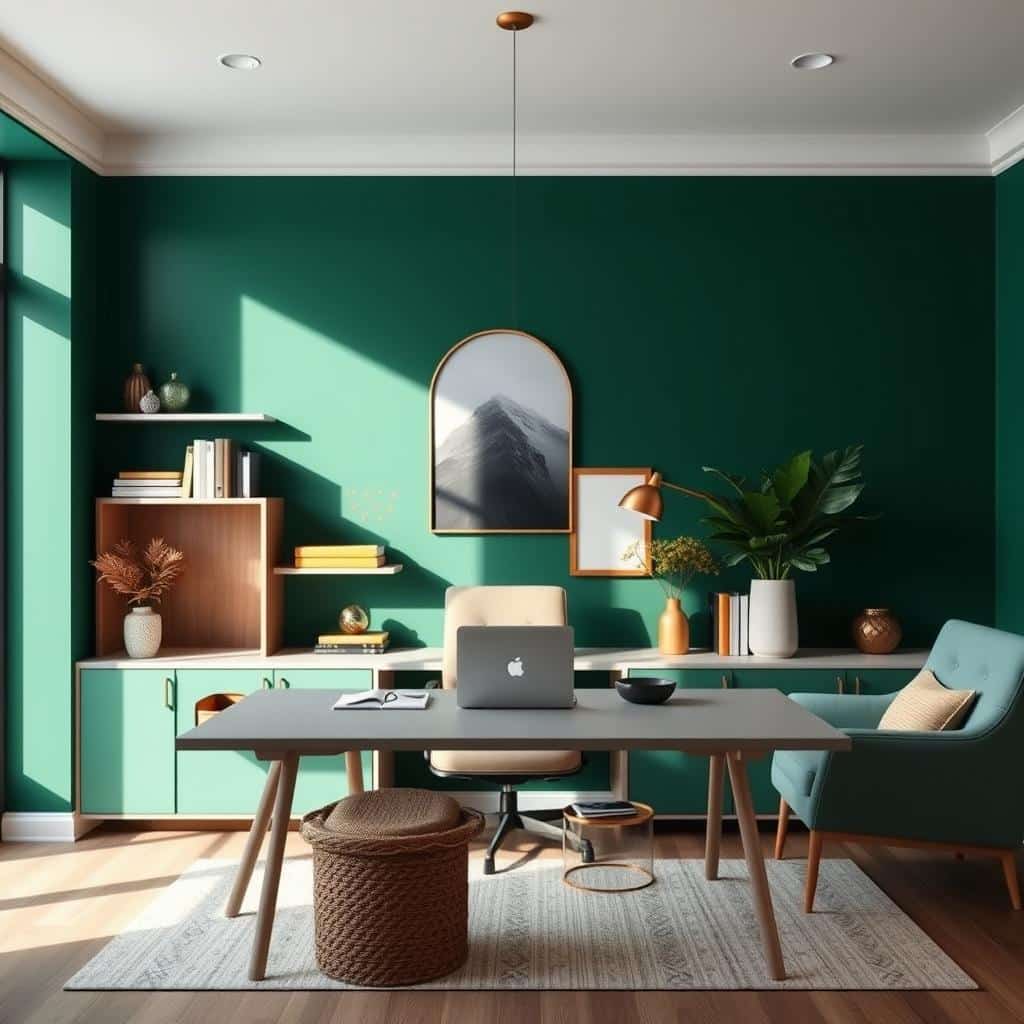
The Gentle Appeal of Pastel Hues
Pastel colors offer a soft, soothing alternative to bolder palettes. Light pinks, mint greens, and pale blues can create calming, inviting spaces perfect for relaxation and tranquility.
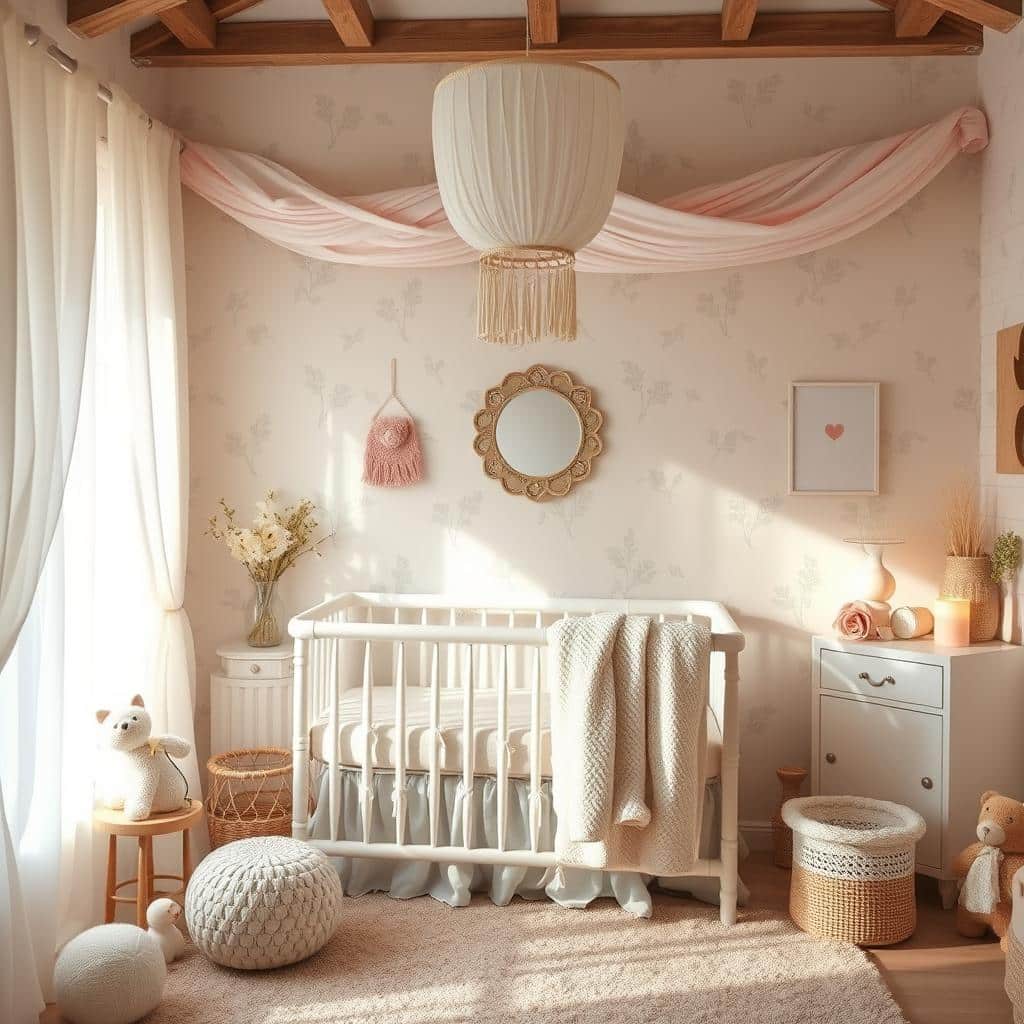
Embracing Nature with Earth Tones
Earth tones bring the outdoors in, creating grounded, organic interiors. Shades of terracotta, olive, and warm browns can be used to craft cozy, nature-inspired spaces.

The Elegance of Monochromatic Designs
Monochromatic color schemes create sophisticated, cohesive interiors. Using variations of a single color can add depth and interest to a space while maintaining a harmonious aesthetic.
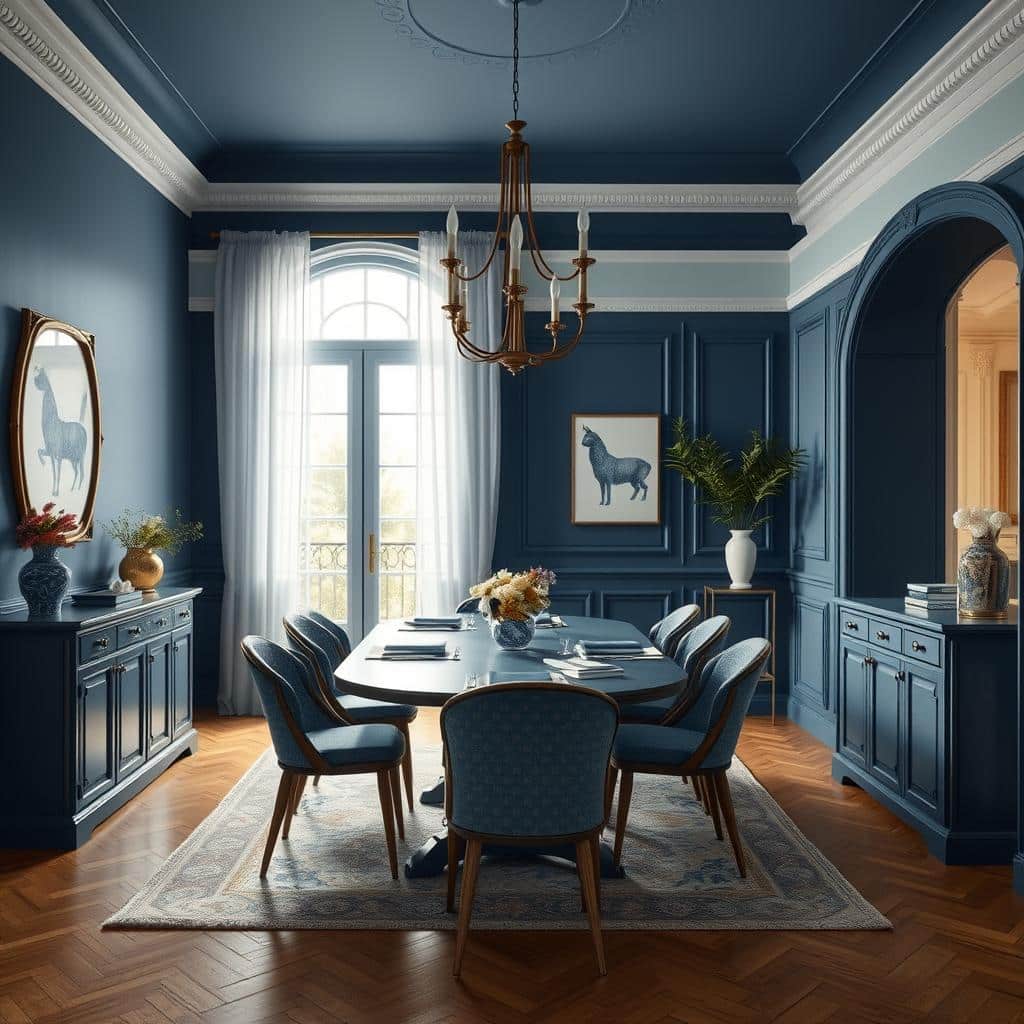
Infusing Modern Color into Your Home
Incorporate modern color schemes into various elements of interior design, from walls and furniture to accessories and lighting in your home.
Transforming Spaces with Wall Colors
Walls serve as the canvas for any interior. Innovative ways to use paint, wallpaper, and accent walls can create stunning backdrops that set the tone for the entire space.
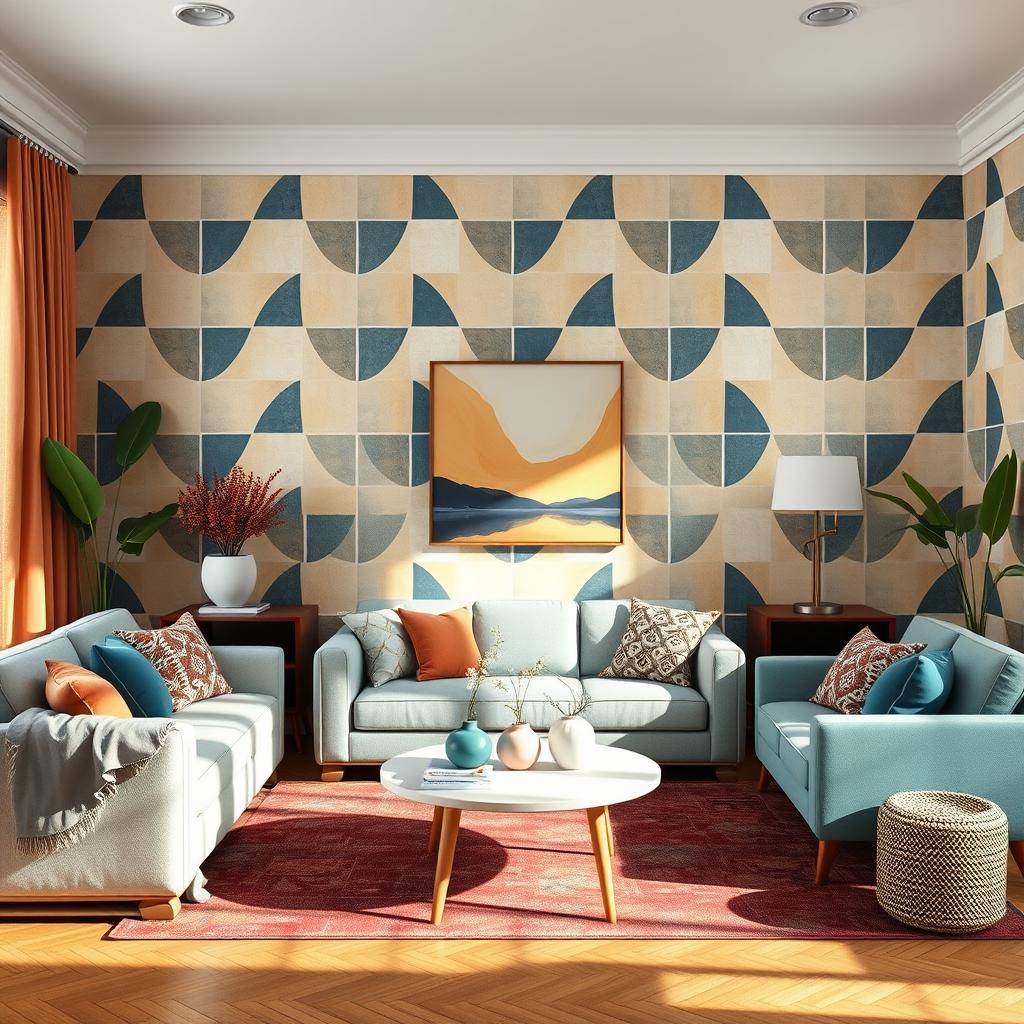
Color Through Furnishings and Fabrics
Furniture and textiles offer opportunities to introduce color without committing to permanent changes. Colorful sofas, chairs, and upholstery can create eye-catching focal points and tie a room’s color scheme together.
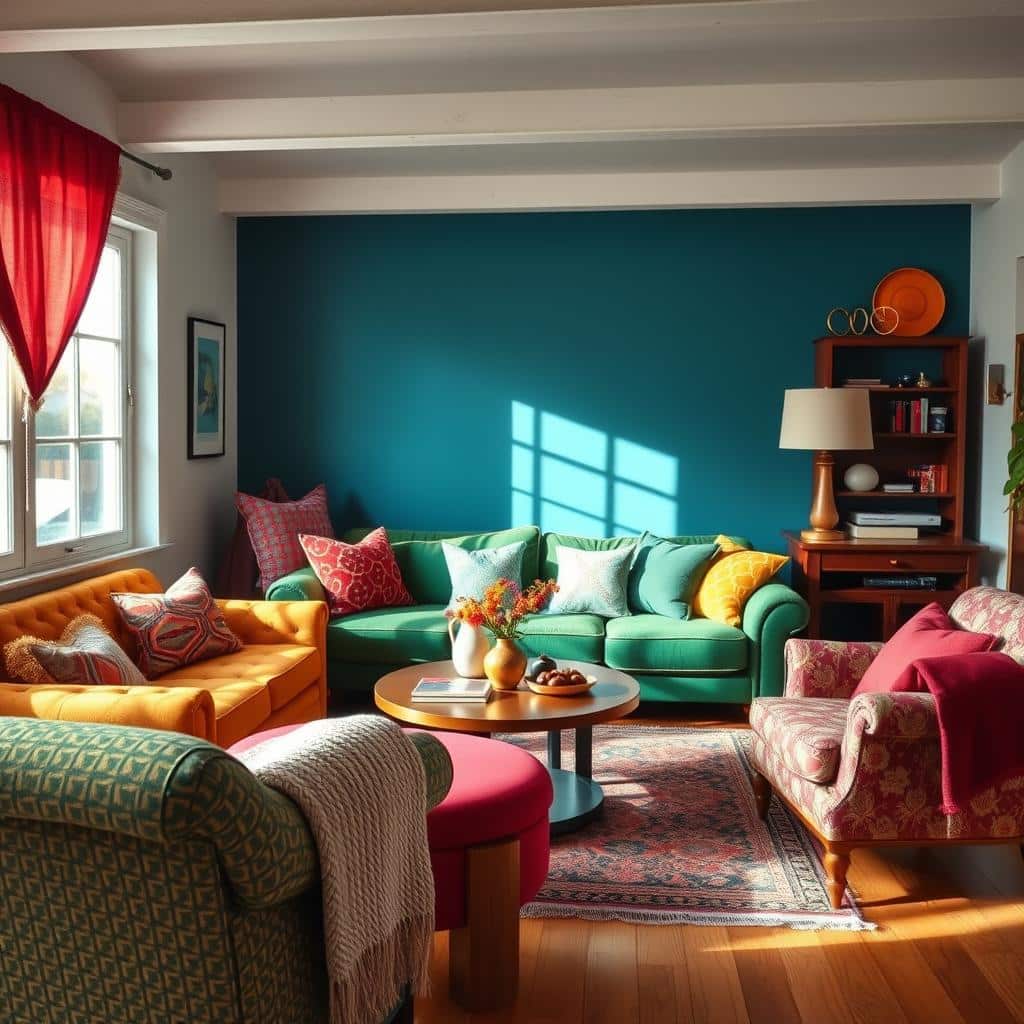
Accessorizing with Color
Accessories and decor items provide an easy way to experiment with color. Artwork, throw pillows, rugs, and other decorative elements can be used to add pops of color and personality to any room.
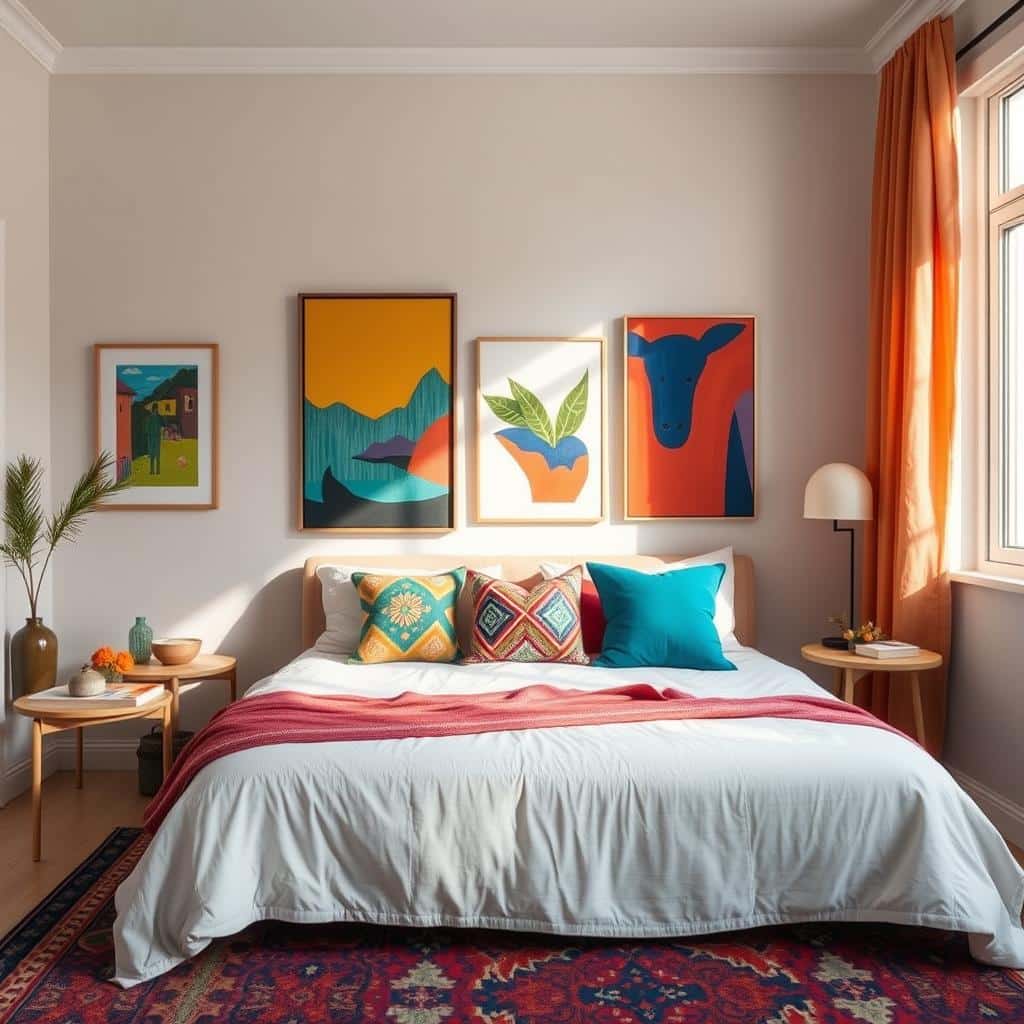
The Impact of Colored Lighting
Lighting plays a crucial role in how we perceive color. Colored light fixtures, bulbs, and LED strips can be used to create ambiance and enhance the overall color scheme of a space.
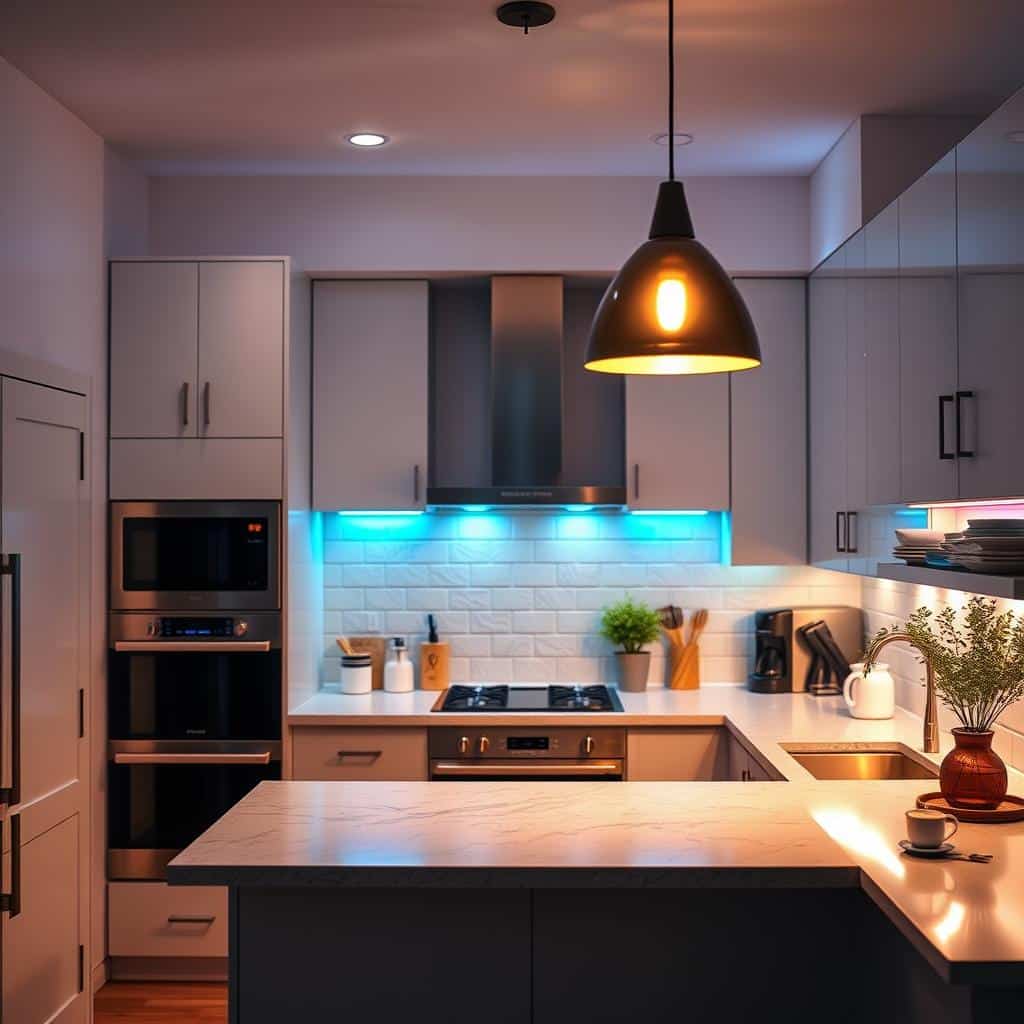
Mastering Color Combinations and Schemes
Understanding color theory is essential for creating harmonious interiors. Various color combination techniques can be applied in modern interior design.
The Power of Complementary Colors
Complementary colors create bold, high-contrast combinations. Colors from opposite sides of the color wheel can be used to create dynamic, visually striking interiors.
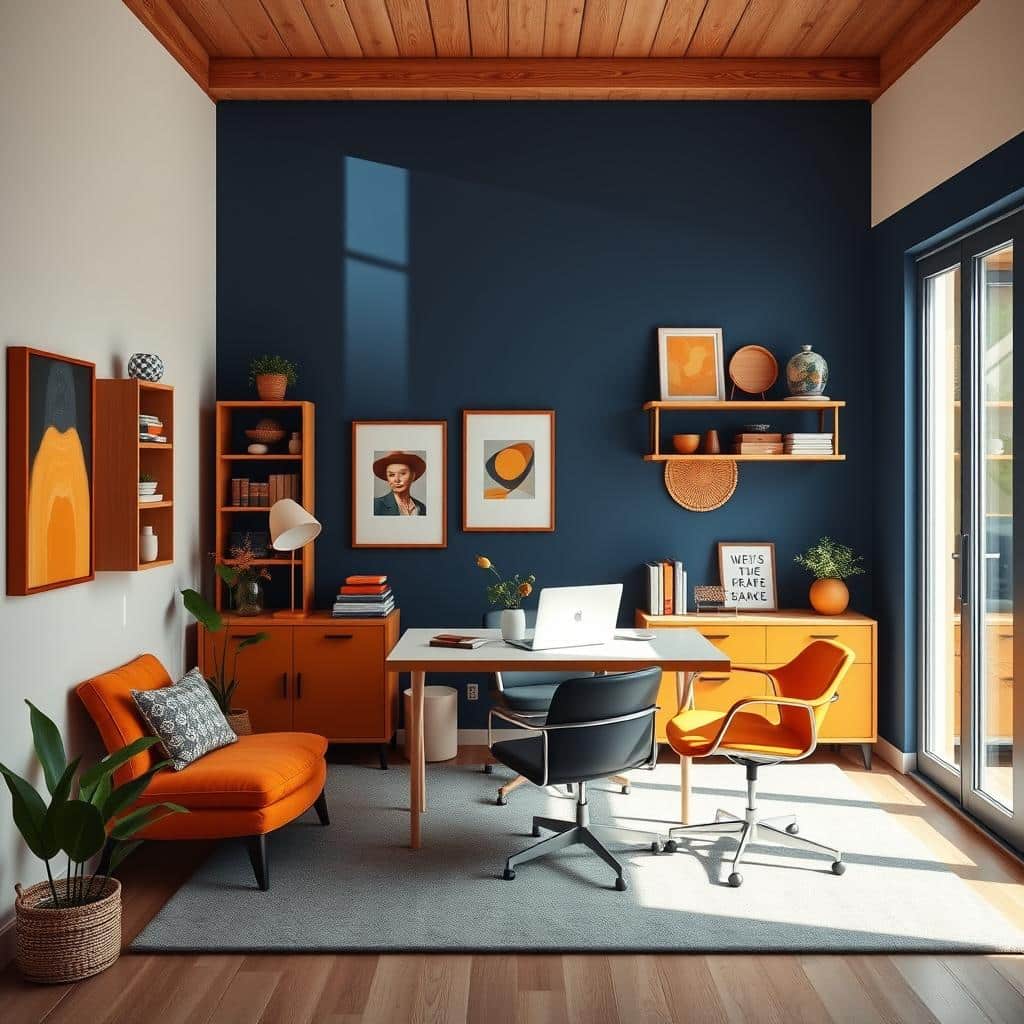
Harmonious Analogous Color Schemes
Analogous colors create serene, cohesive spaces. Colors adjacent on the color wheel can craft interiors that feel balanced and harmonious.
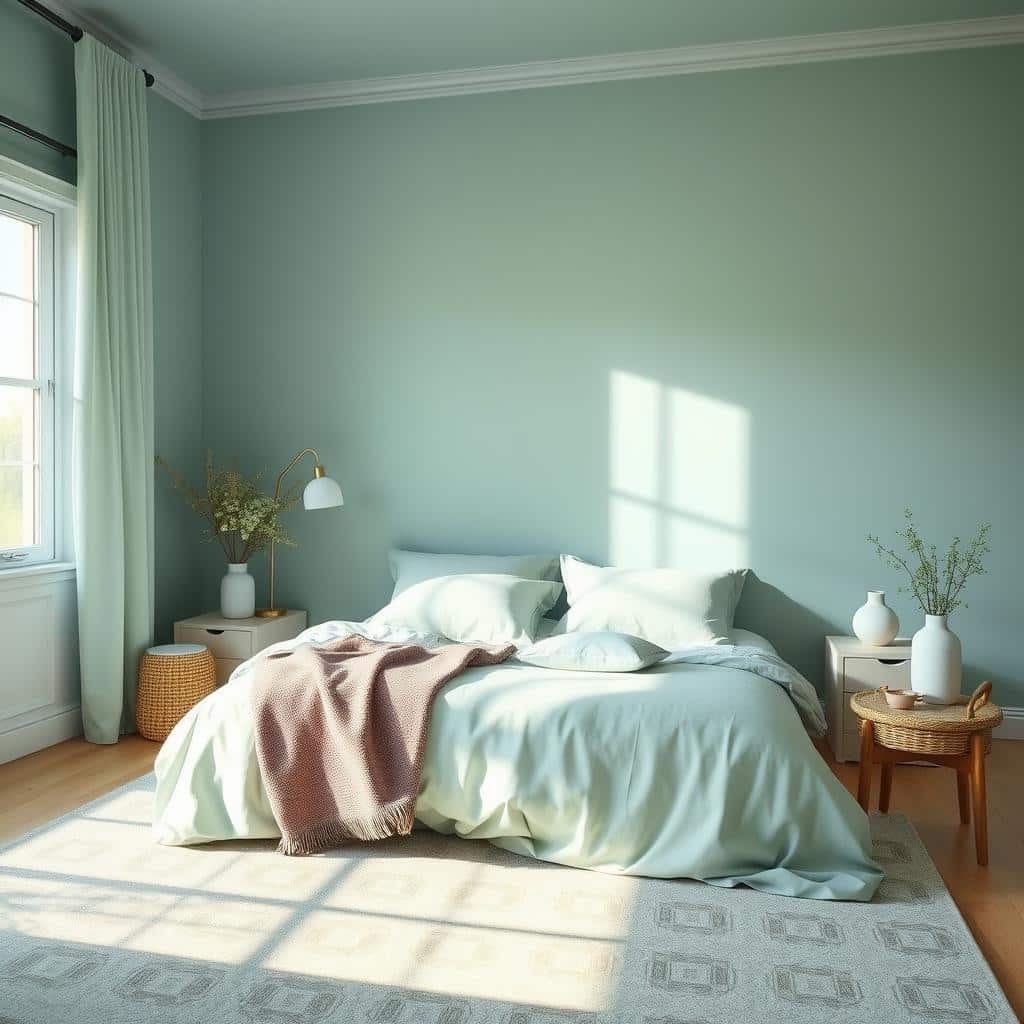
Creating Energy with Triadic Color Schemes
Triadic color schemes offer bold, balanced combinations. Use of three colors equally spaced on the color wheel can create vibrant, dynamic interiors full of visual interest.
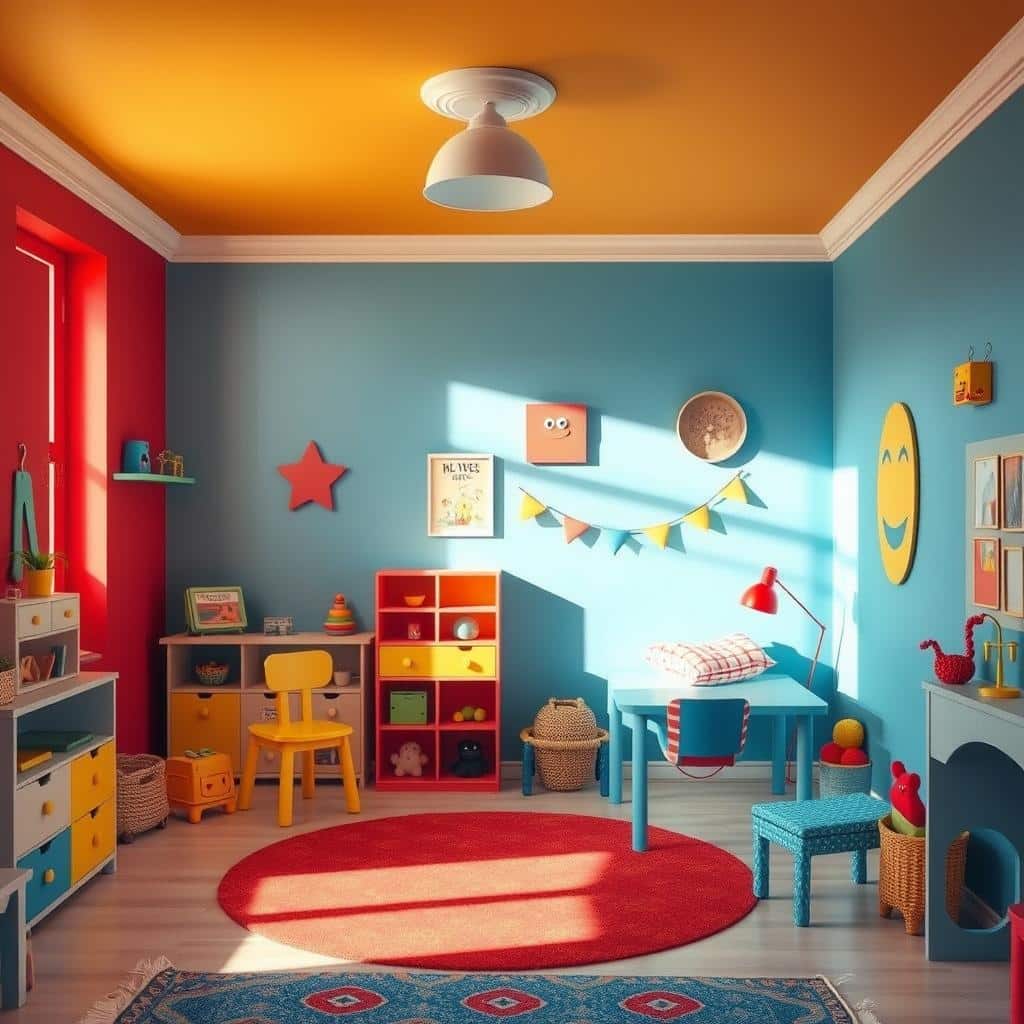
The Subtle Contrast of Split Complementary Schemes
Split complementary schemes offer a softer alternative to complementary colors. Use of a base color with the two colors adjacent to its complement can create balanced, visually appealing interiors.
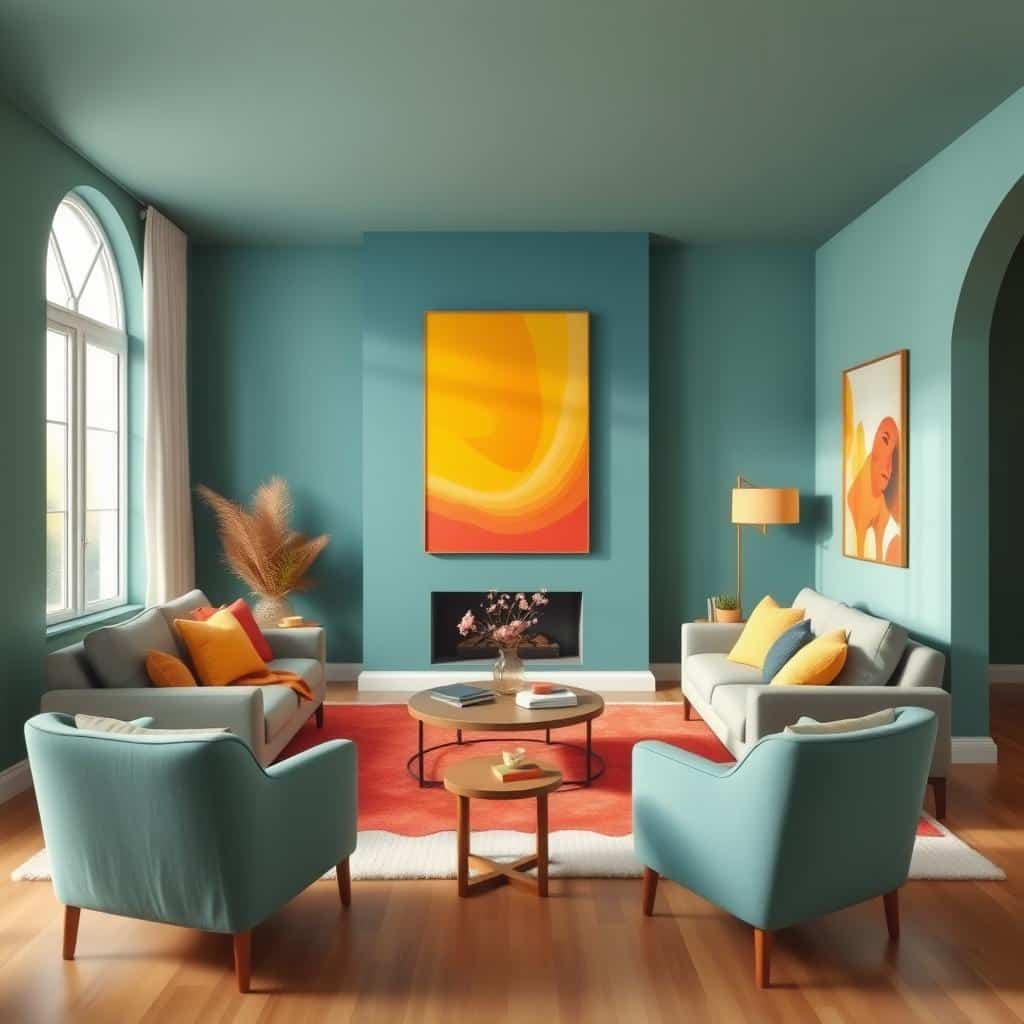
Navigating Modern Color Trends
Color trends in interior design are constantly evolving. Incorporate current color trends into your space while maintaining a timeless appeal.
The Influence of Pantone’s Color of the Year
Pantone‘s Color of the Year often sets the tone for design trends. This annual selection influences interior design and how to incorporate it into your space.
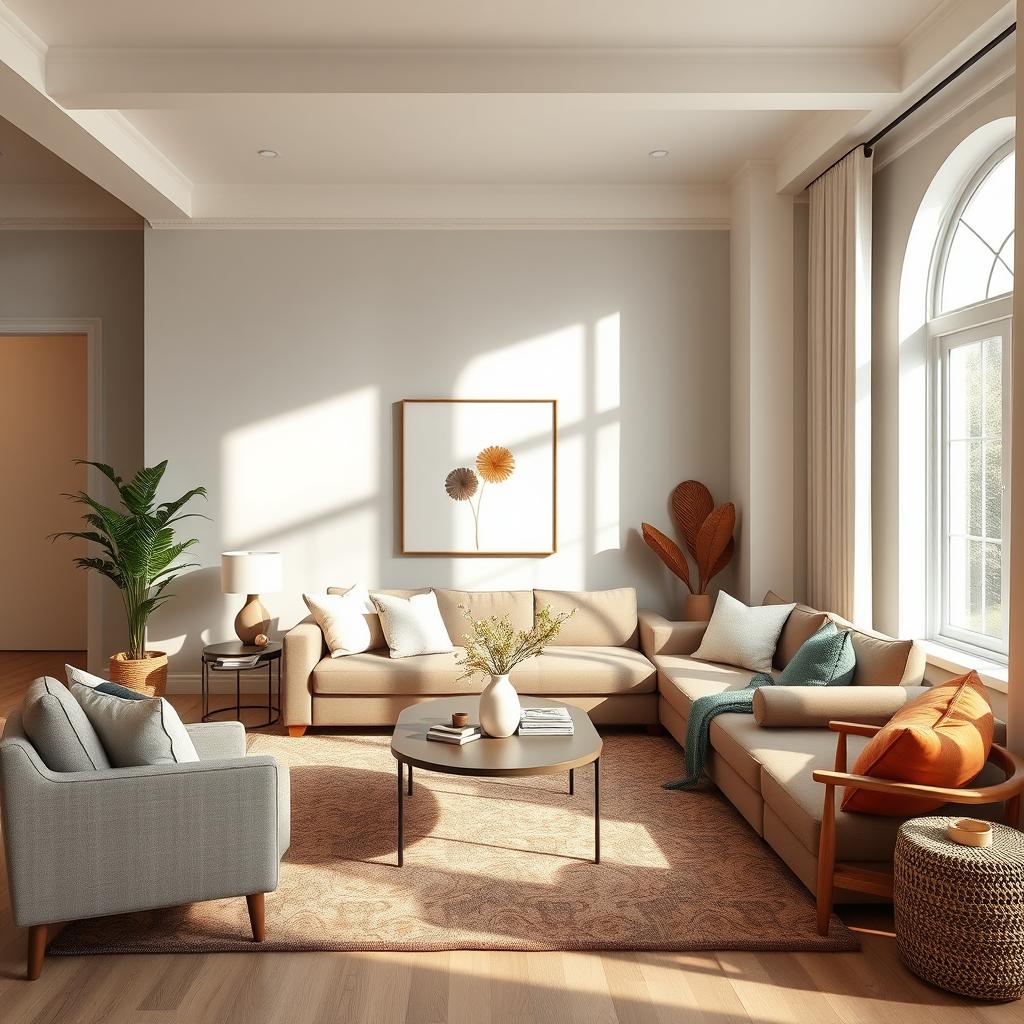
Emerging Color Trends in Interior Design
Color trends are influenced by various factors, from fashion to global events. Current and upcoming color trends in interior design can be incorporated into your home.
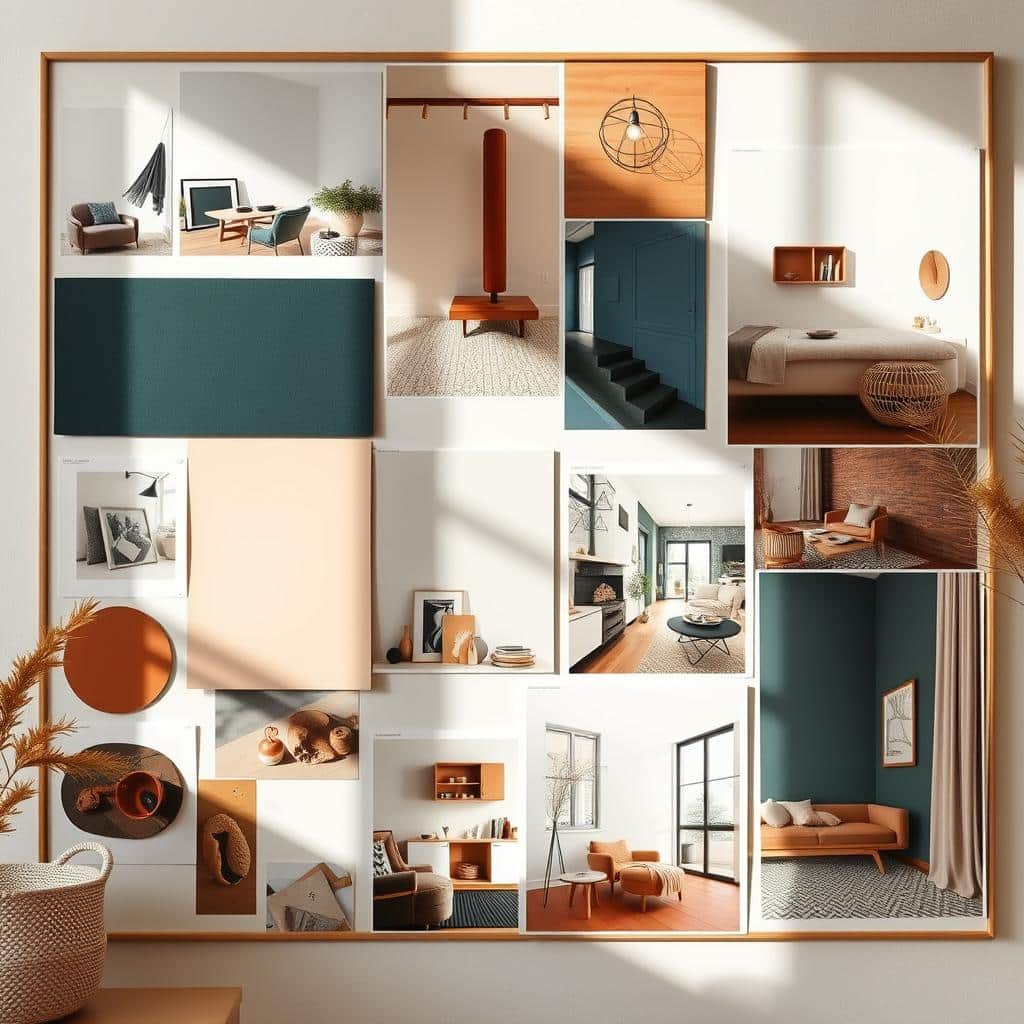
Balancing Trendy and Timeless Color Choices
While it’s exciting to embrace trends, it’s also important to create spaces with lasting appeal. Strike a balance between trendy color choices and timeless hues for a space that feels both current and enduring.
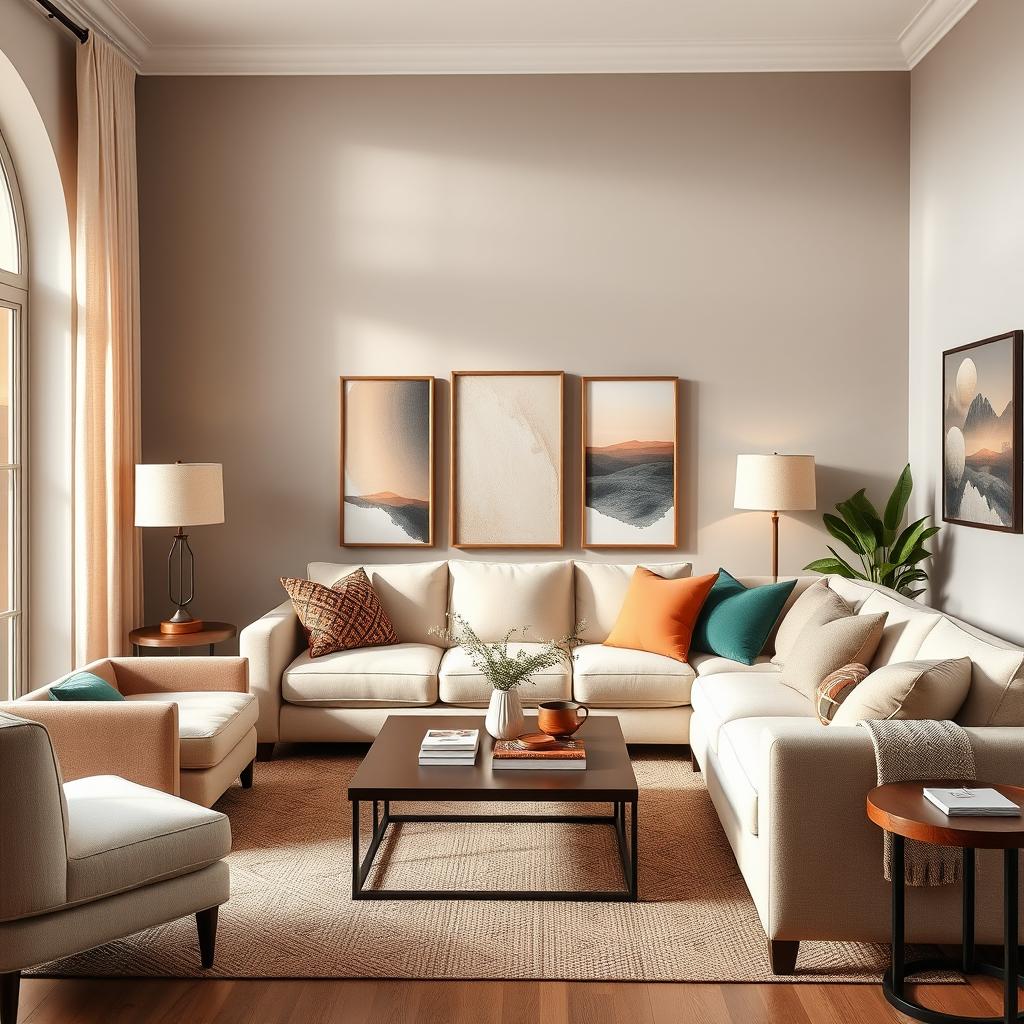
Conclusion: Crafting Your Colorful Haven
The journey of incorporating modern color into your interior design is a personal and exciting one. Embrace color, find your perfect palette, and harness the transformative power of color in your home.
Embracing Your Unique Color Story
Every space tells a story, and color is a powerful narrative tool. Embrace your personal color preference and create spaces that truly reflect your personality and lifestyle.
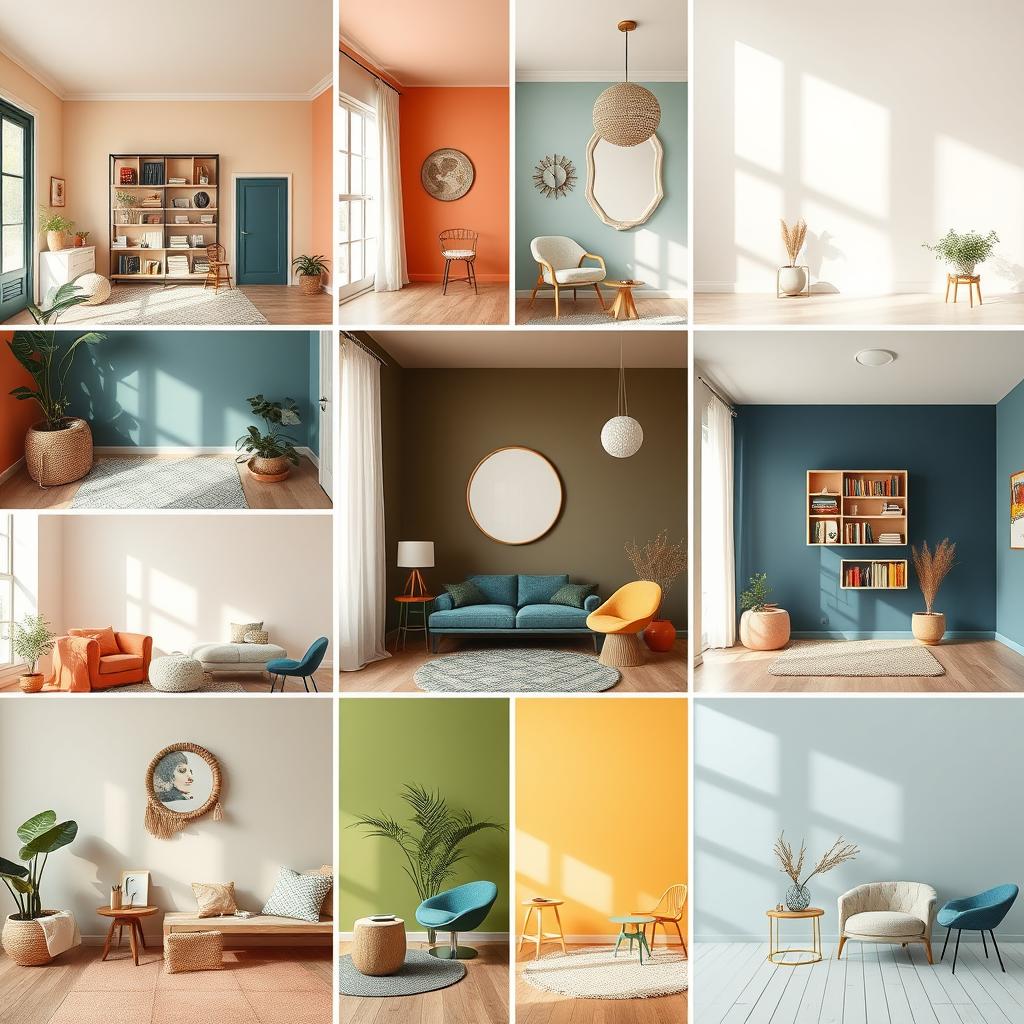
The Journey to Your Perfect Palette
Finding the ideal color palette for your space is a process of exploration and refinement. Experiment with different color combinations, consider the function of each room, and gradually discover a palette that resonates with your personal style and enhances your living experience.
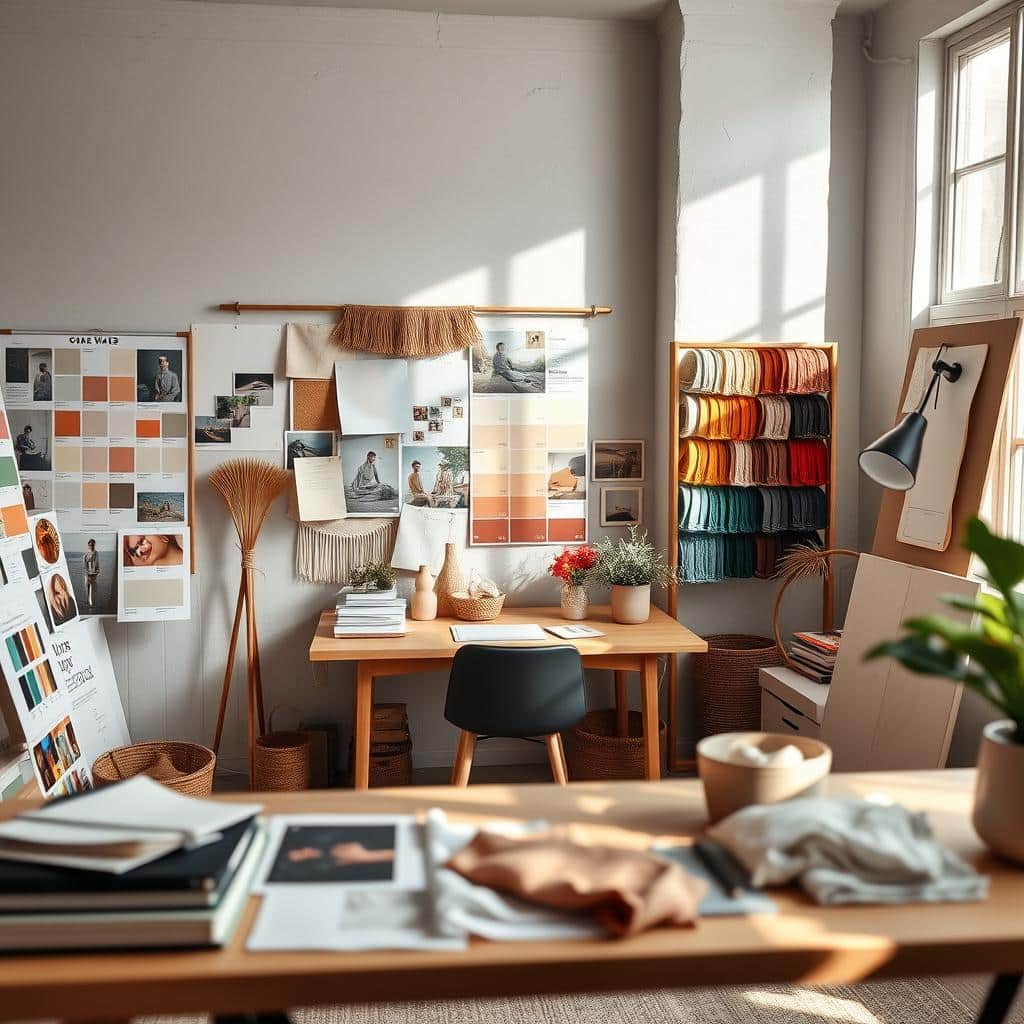
The Transformative Magic of Color
Color has the power to completely transform a space, influencing not just its appearance but also how we feel and behave within it. Celebrate the transformative power of color in interior design, use color confidently to create spaces that are not only visually stunning but also emotionally resonant and personally fulfilling.
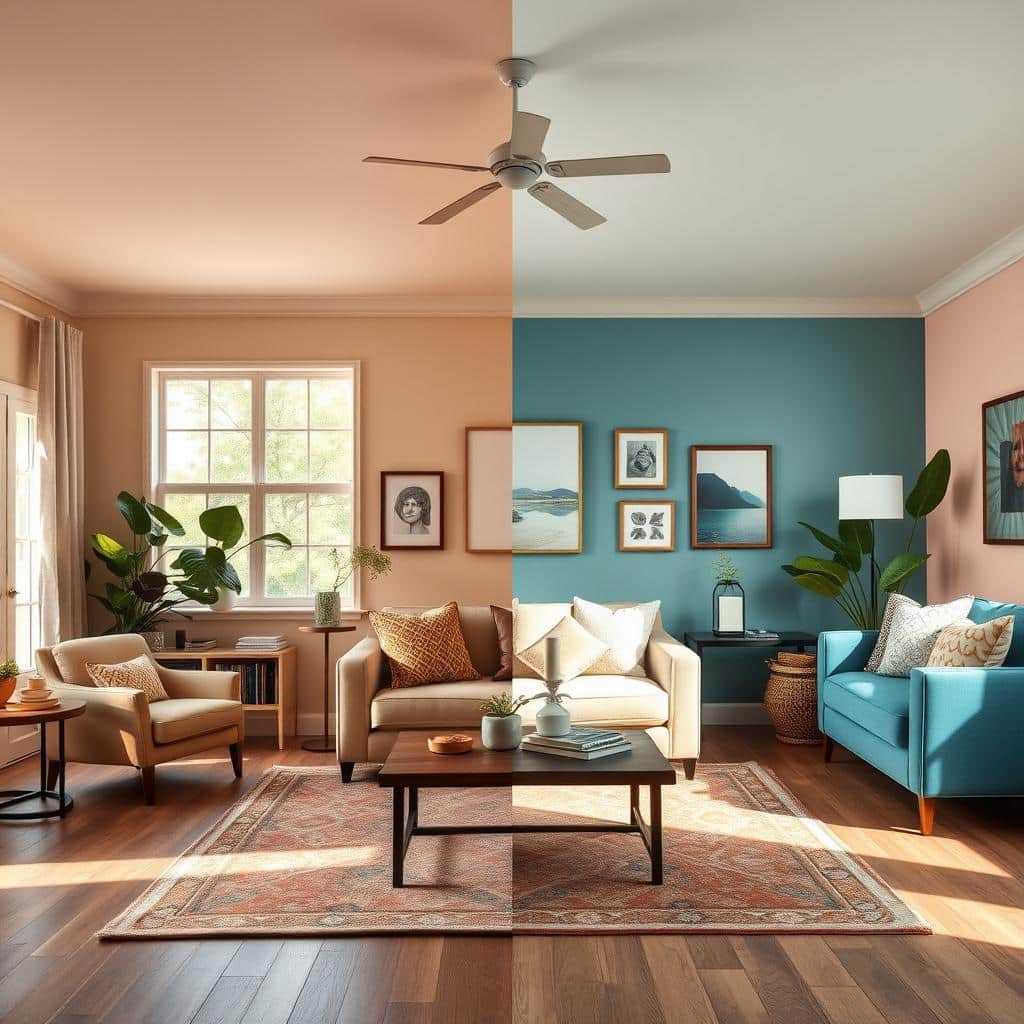
Practical Tips for Implementing Modern Color
Put your newfound color knowledge into practice.
Start Small: Experimenting with Color Accents
For those hesitant to make big color commitments, starting small can be an effective approach. Introduce color through easily changeable elements like throw pillows, artwork, or small furniture pieces, allowing for experimentation without overwhelming commitment.
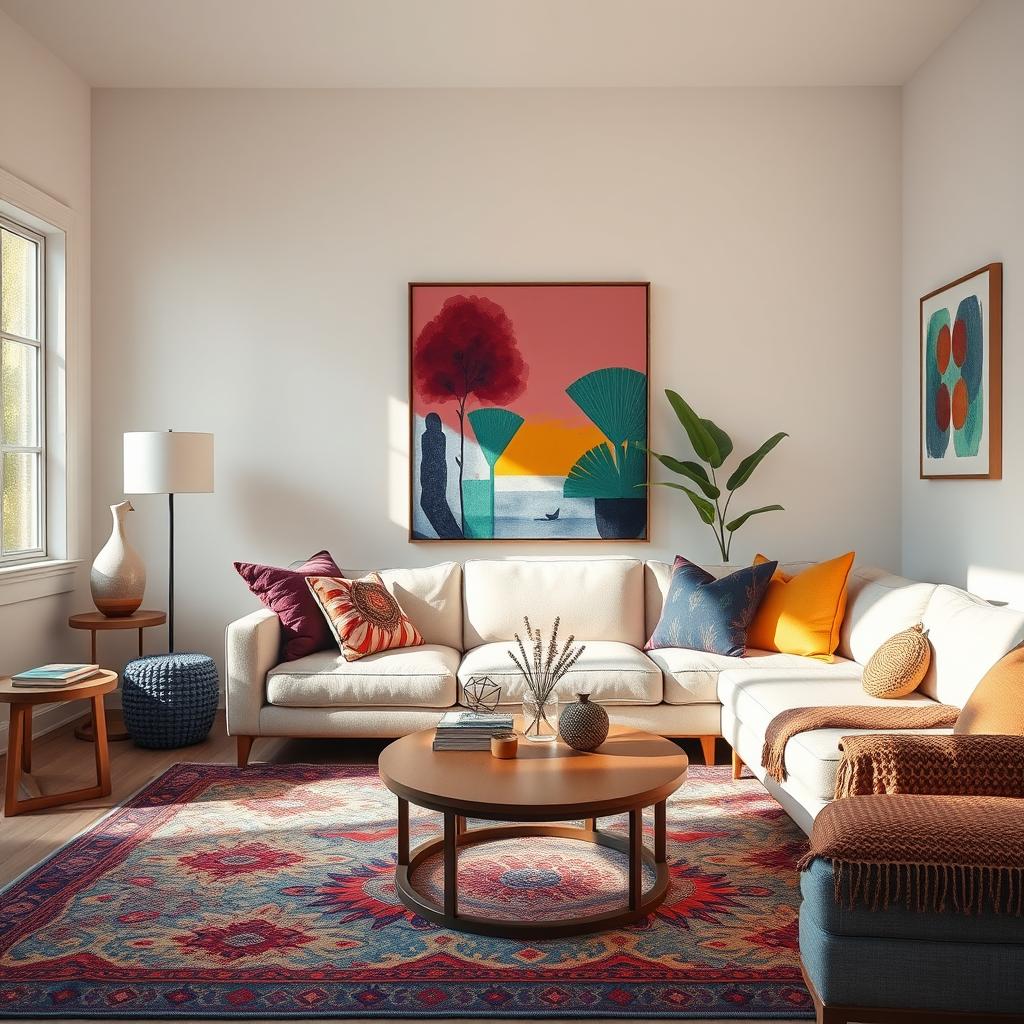
The 60-30-10 Rule: A Guide to Color Balance
The 60-30-10 rule is a classic interior design principle for creating balanced color schemes. To apply this rule, use 60% of a dominant color, 30% of a secondary color, and 10% of an accent color to create harmonious and visually appealing spaces.
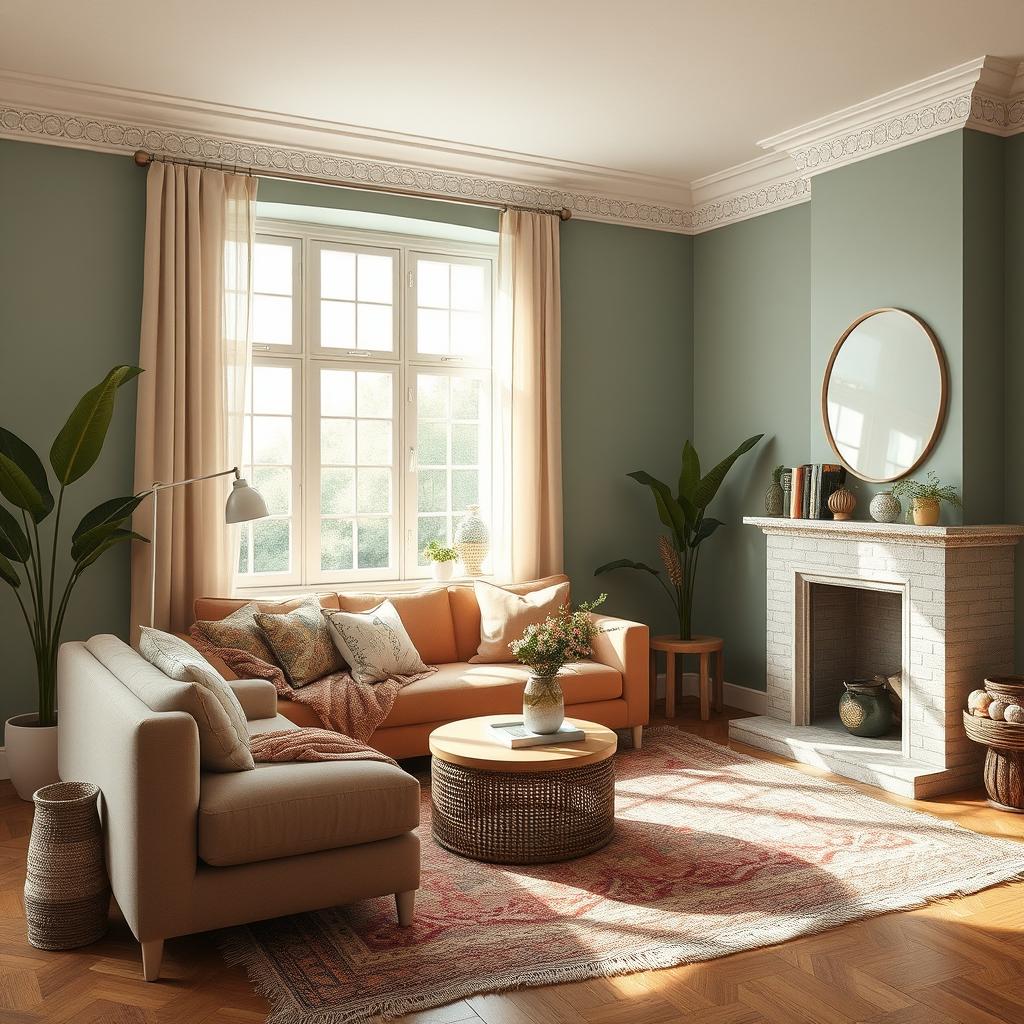
Testing Colors: The Importance of Sampling
Before committing to a color scheme, it’s crucial to test colors in your space. It is important to use paint samples, fabric swatches, and even virtual reality tools to visualize how colors will look in different lighting conditions and alongside existing elements in your space.
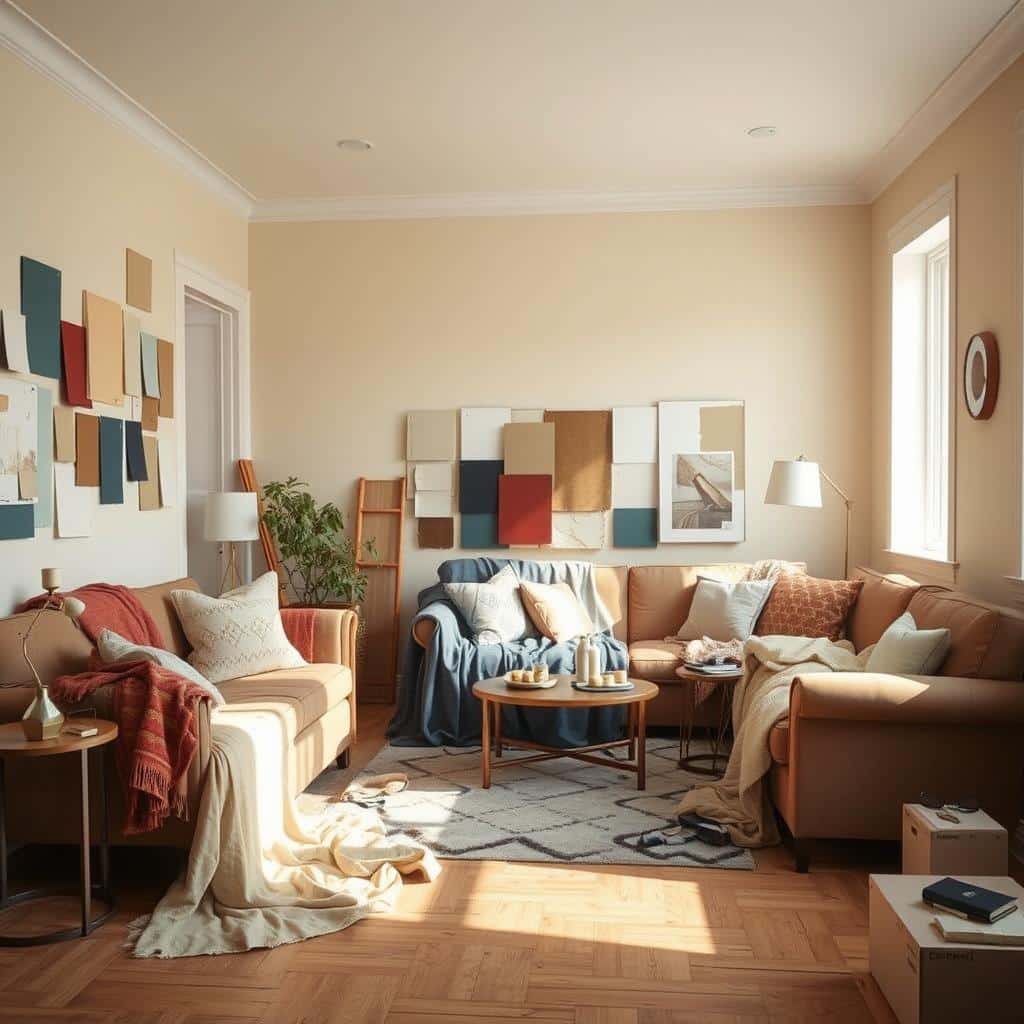
Color in Different Room Types
Different rooms serve different purposes and can benefit from tailored color approaches. Use color strategies for various spaces in the home.
Energizing Kitchens with Color
Kitchens are the heart of the home and can benefit from energizing color schemes. Use color to create a vibrant, welcoming kitchen space that encourages creativity and social interaction.
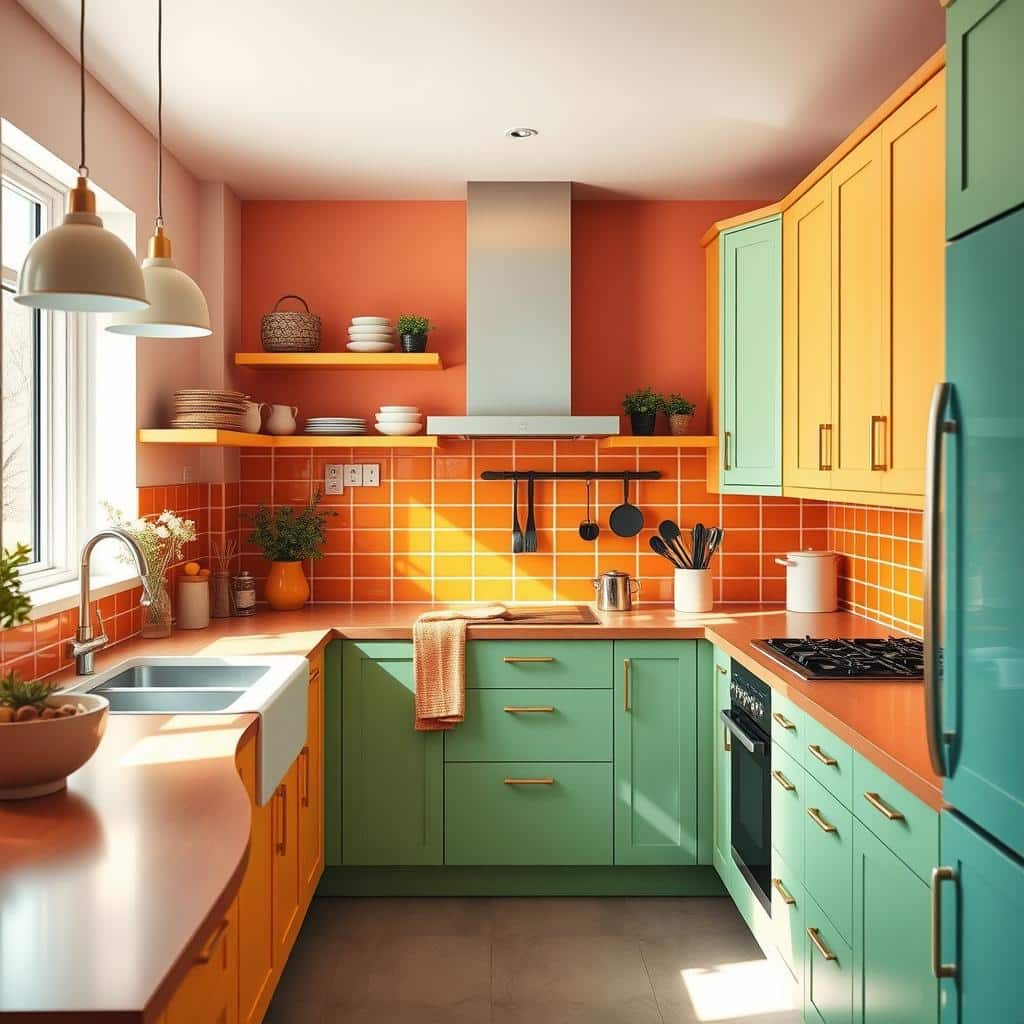
Calming Bedroom Color Palettes
Bedrooms should be restful sanctuaries. Soothing color palettes promote relaxation and good sleep, balance calming hues with personal style preferences.
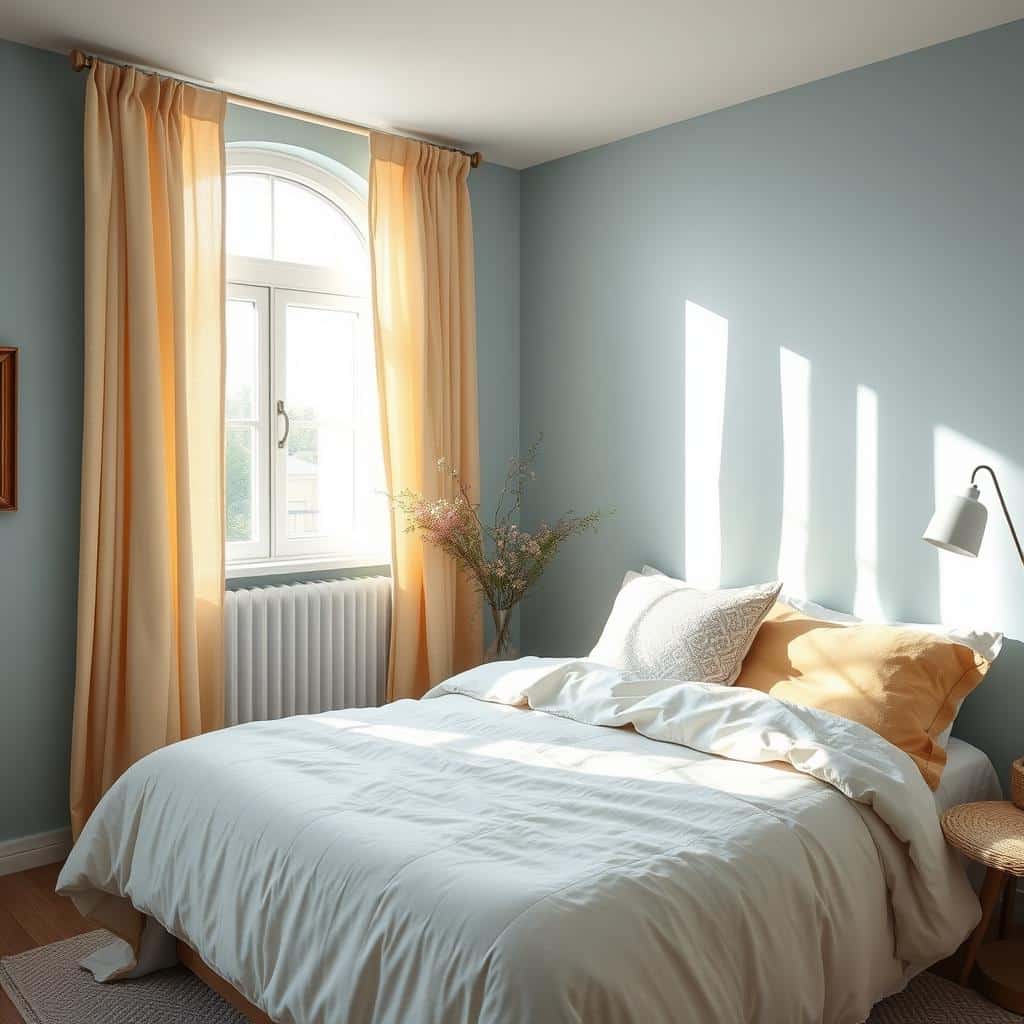
Productive Home Office Color Schemes
With more people working from home, creating a productive home office space is crucial. Use color schemes that promote focus, creativity, and productivity in home office environments.
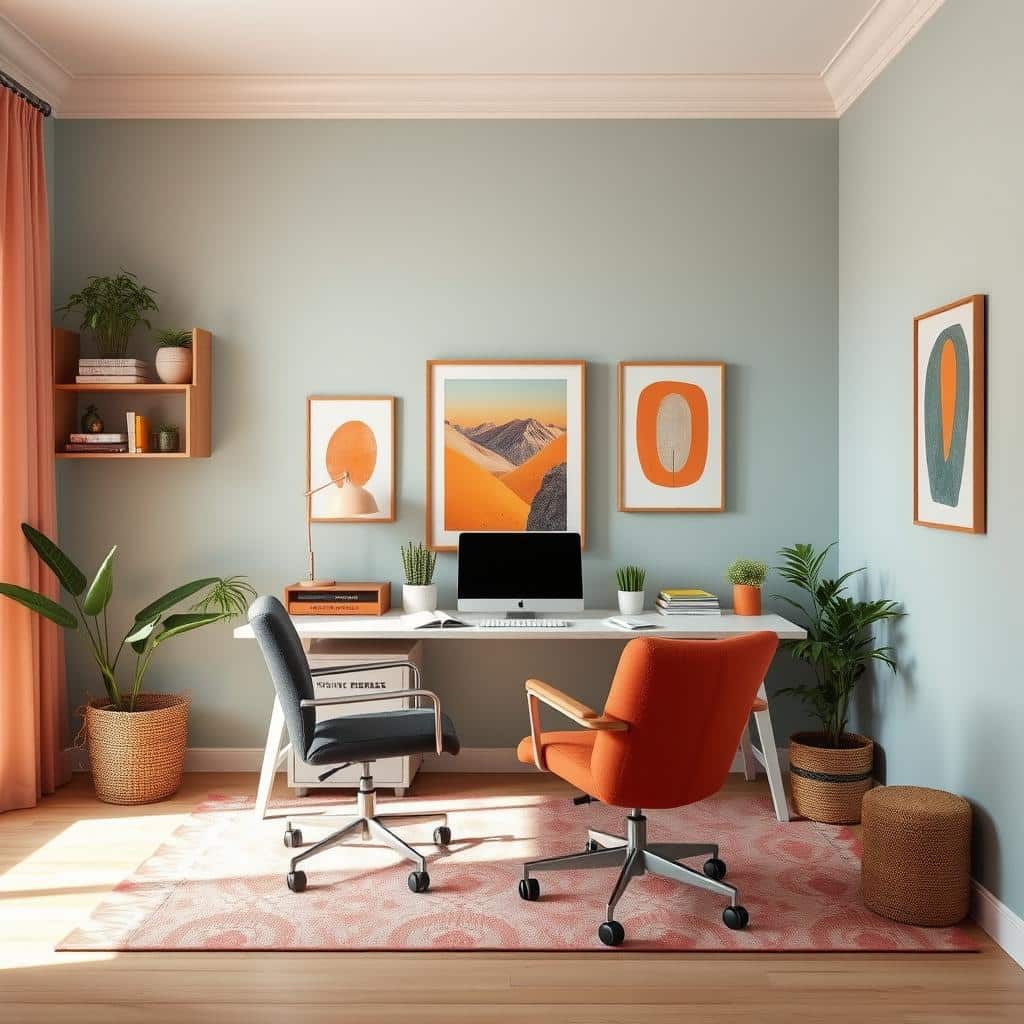
The Future of Color in Interior Design
As we look ahead, color trends in interior design continue to evolve. Emerging color trends and technologies are shaping the future of interior design.
Sustainable and Nature-Inspired Color Palettes
With a growing focus on sustainability, color palettes inspired by nature are gaining popularity. Earthy, organic color schemes are being used to create eco-friendly and biophilic interior spaces.
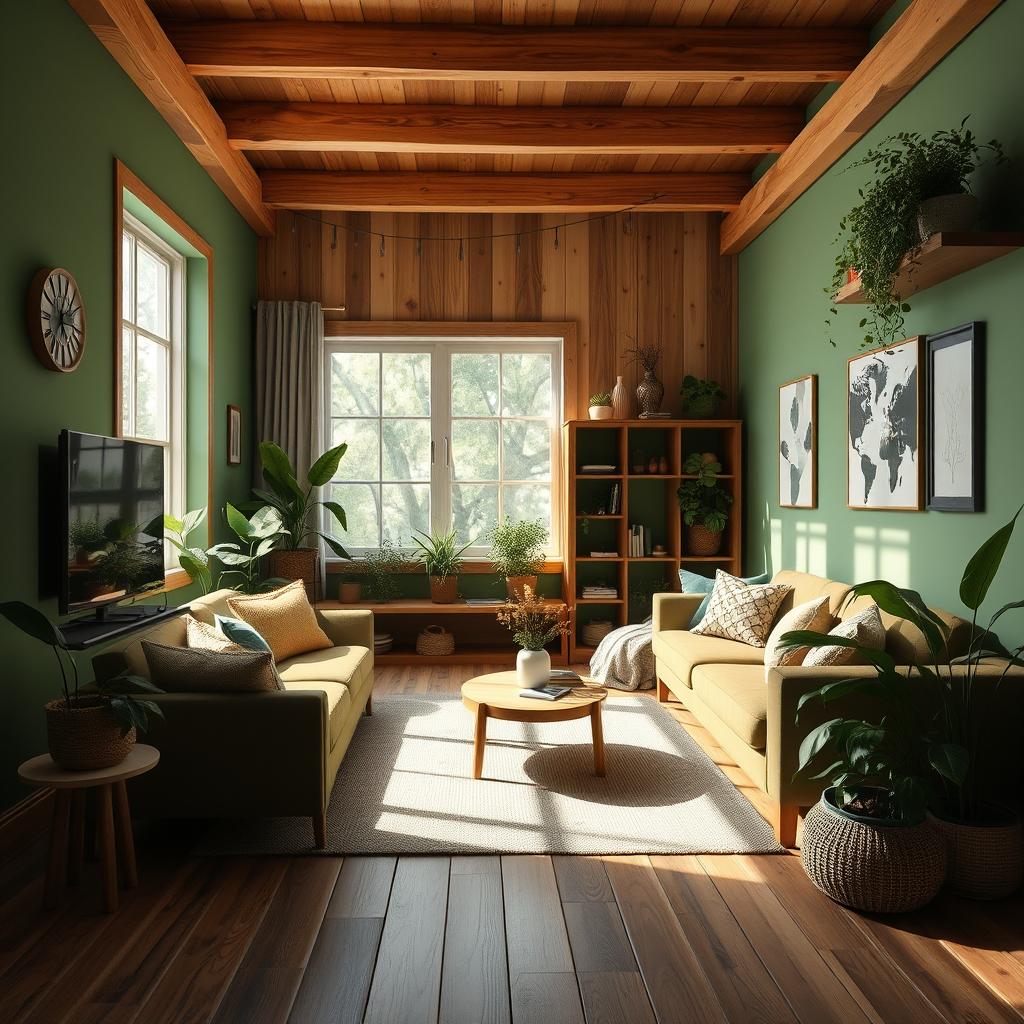
Smart Color: Technology and Interactive Color in Interiors
Advancements in technology are revolutionizing how we use color in our homes. Emerging technologies like color-changing paint, smart lighting systems, and interactive color displays allow for dynamic and personalized color experiences in interior spaces.
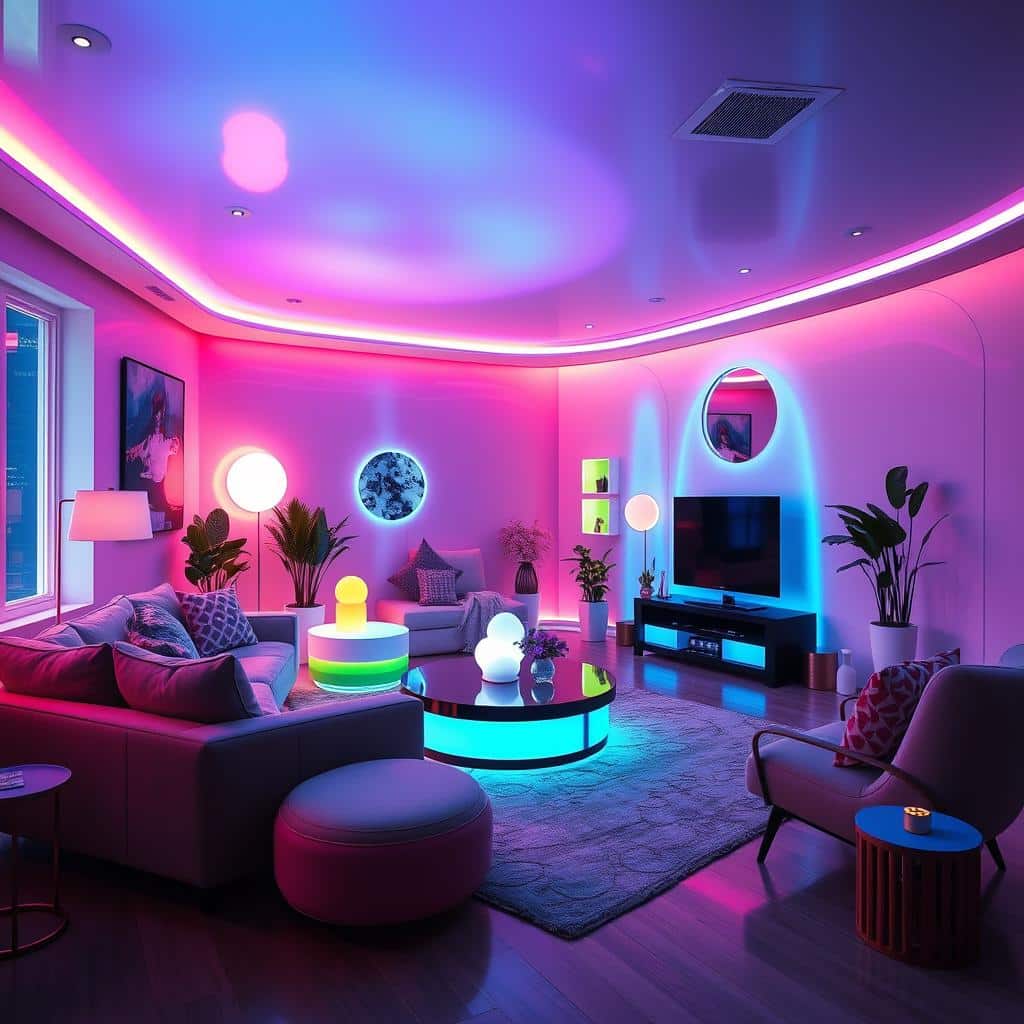
In conclusion, the world of modern color in interior design is rich with possibilities. By understanding color psychology, exploring diverse palettes, and thoughtfully incorporating color into our spaces, we can create environments that not only look beautiful but also enhance our daily lives.
Whether you’re drawn to bold, vibrant hues or prefer soft, subtle tones, there’s a perfect color palette waiting to bring your interior design vision to life. Embrace the power of color and transform your space into a true reflection of your personal style and aspirations.
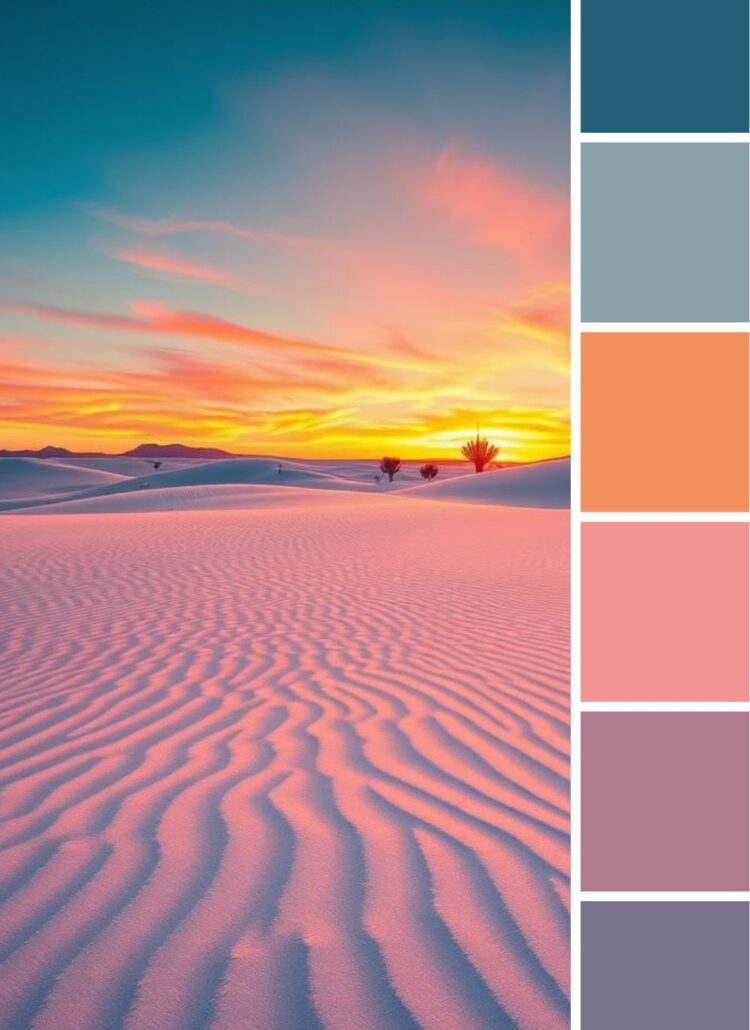
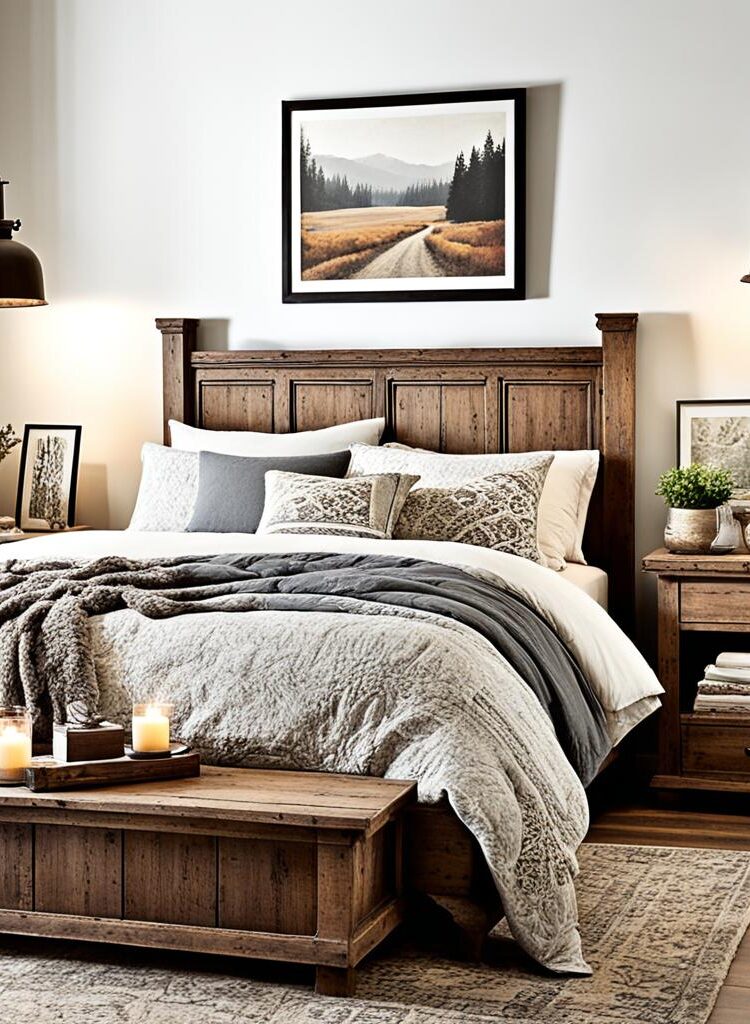
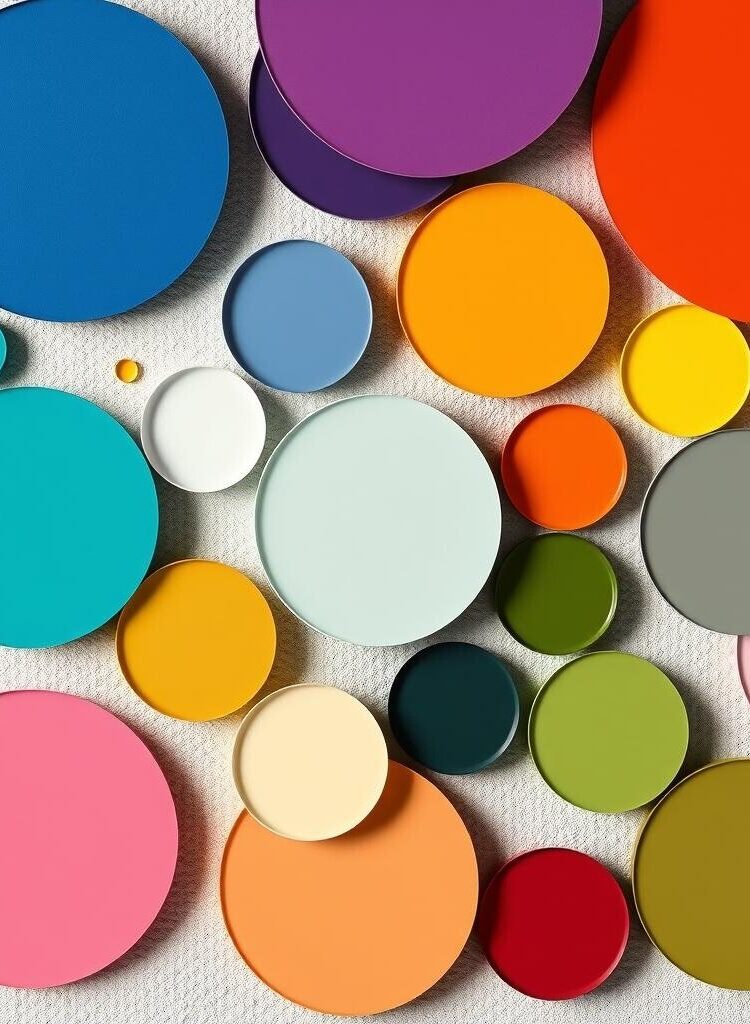

Leave a Reply